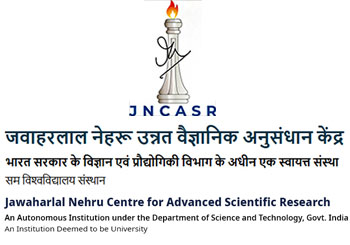Responses of activity rhythms to temperature cues evolve in Drosophila populations
selected for divergent timing of eclosion
Lakshman Abhilash, Arshad Kalliyil, Vasu Sheeba
2020/6/1
Journal of Experimental Biology
Volume 223 Issue 11
Publisher
The Company of Biologists Ltd
Description
Even though the rhythms in adult emergence and locomotor activity are two different phenomena that occur at distinct
life stages of the fly life cycle, previous studies have hinted at similarities in certain aspects of the
organisation of the circadian clock driving these two rhythms. For instance, the period gene
plays an important regulatory role in both rhythms. In an earlier study, we have shown that selection on timing
of adult emergence behaviour in populations of Drosophila melanogaster leads to the
co-evolution of temperature sensitivity of circadian clocks driving eclosion. In this study, we investigated
whether temperature sensitivity of the locomotor activity rhythm evolved in our populations separately from the
adult emergence rhythm, with the goal of understanding the extent of similarity (or lack thereof) in circadian
organisation underlying the two rhythms. We found that in response to simulated jetlag with…
Scholar articles
Responses of activity rhythms to temperature cues evolve in Drosophila populations
selected for divergent timing of eclosion
L Abhilash, A Kalliyil, V Sheeba - Journal of Experimental Biology, 2020
Related articles, All 4 versions
